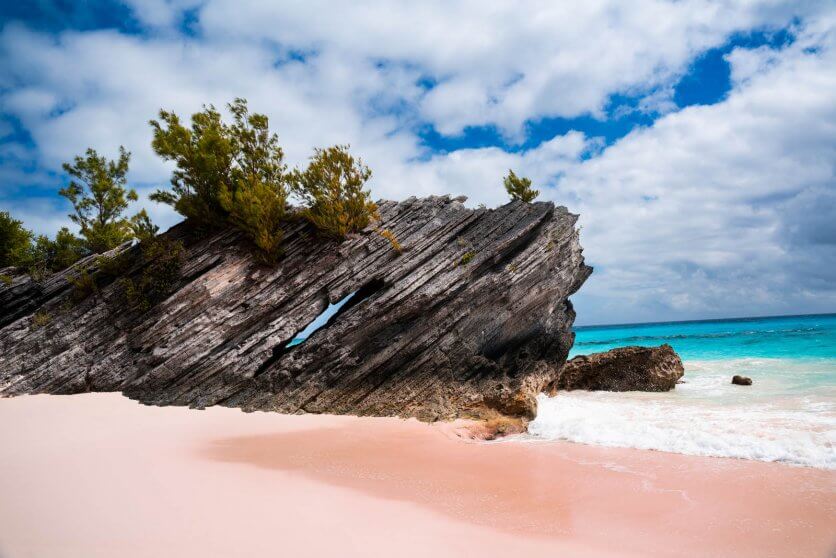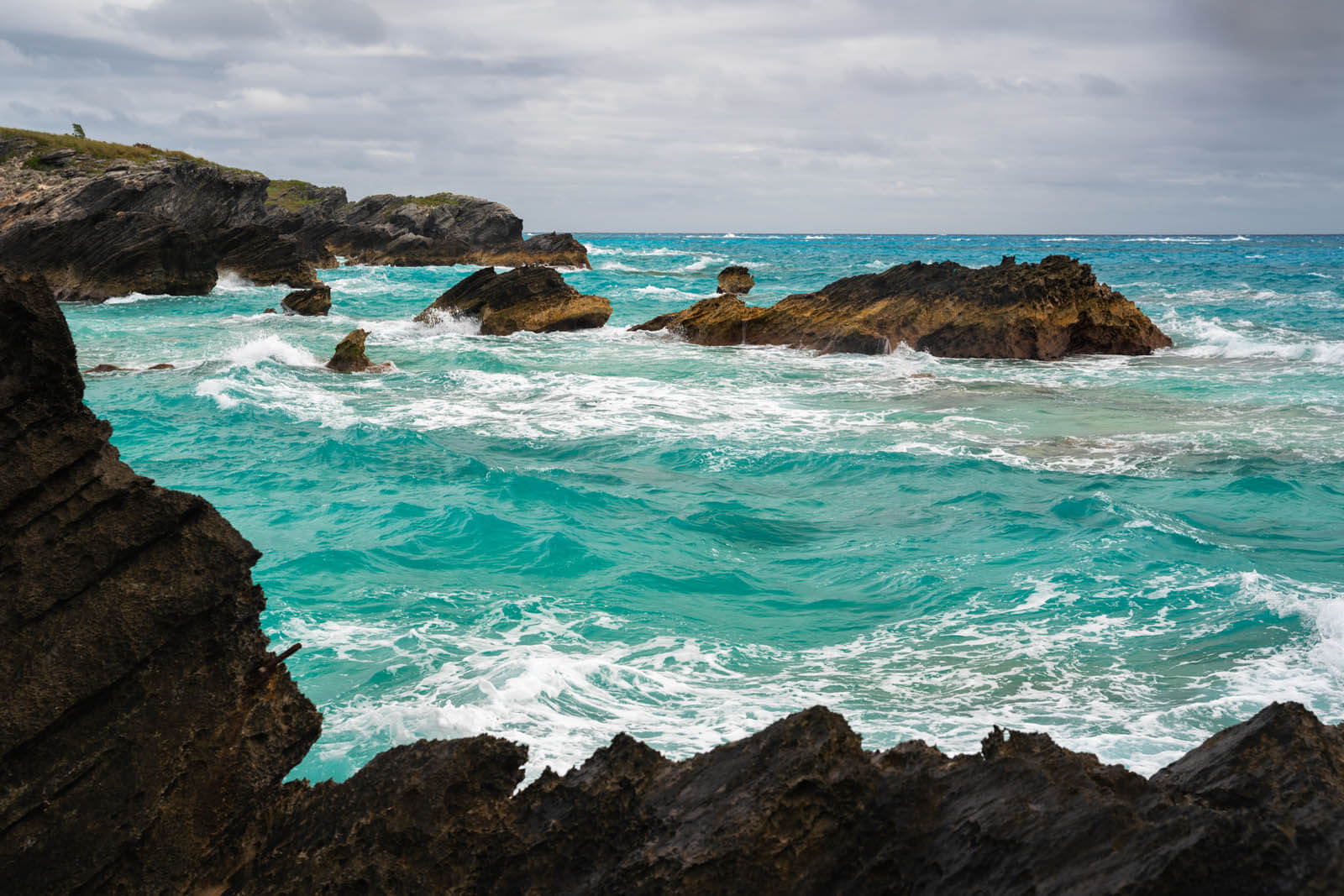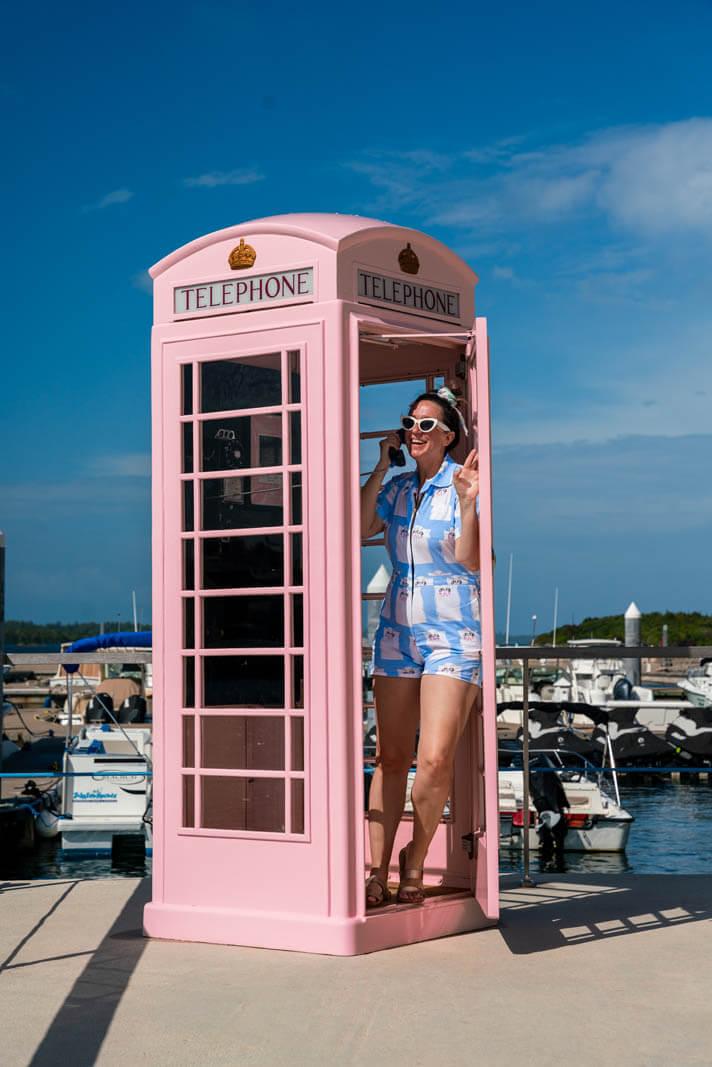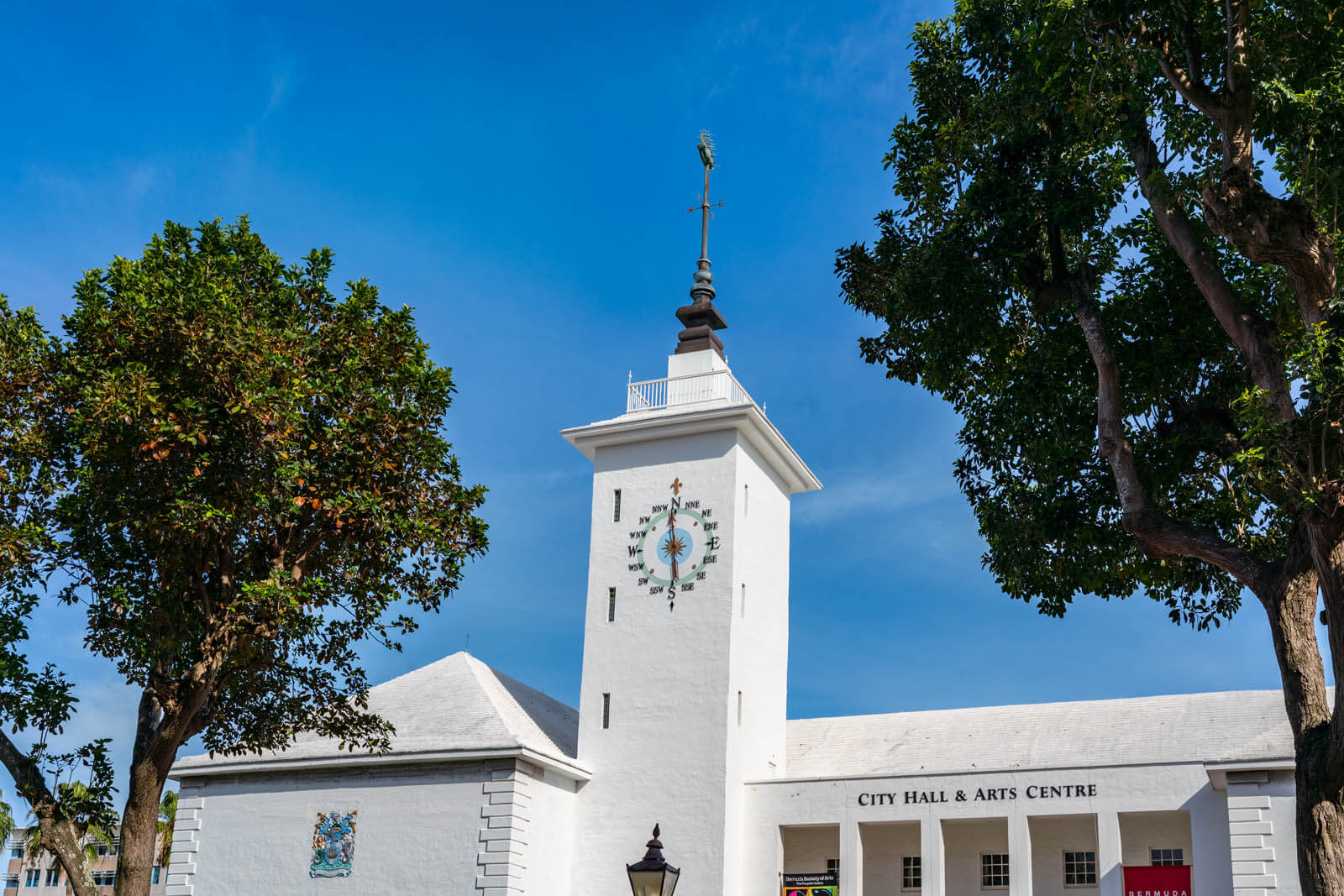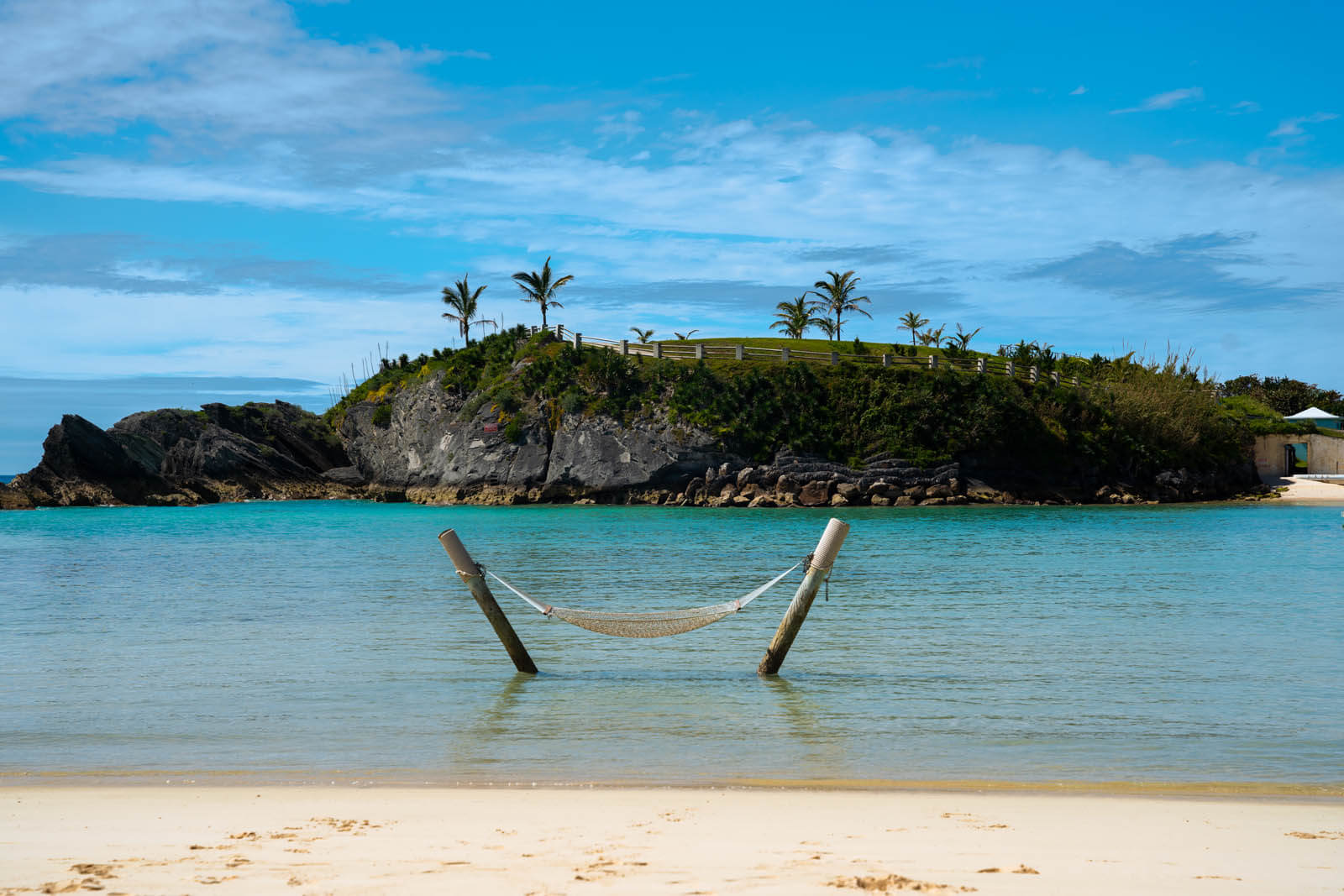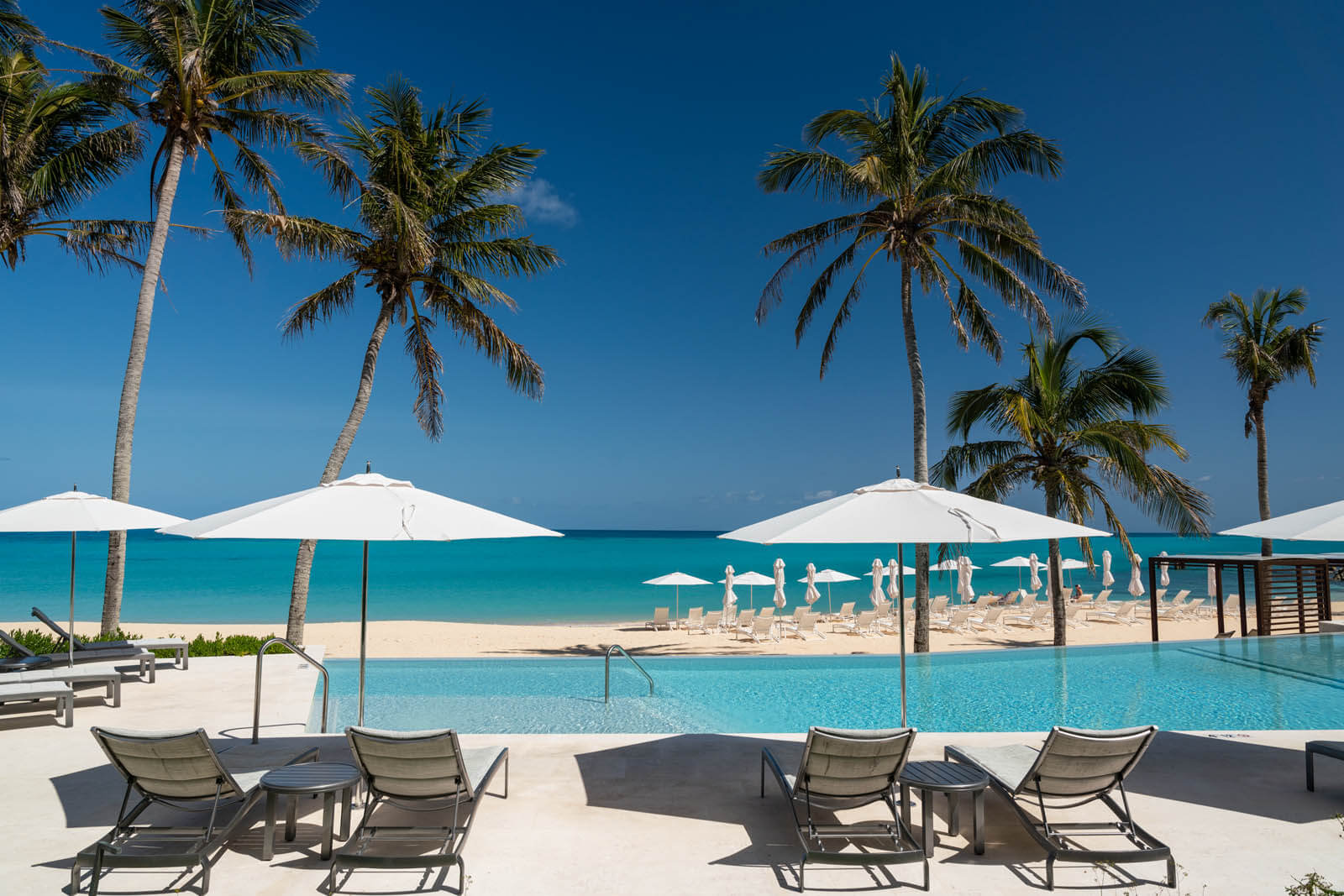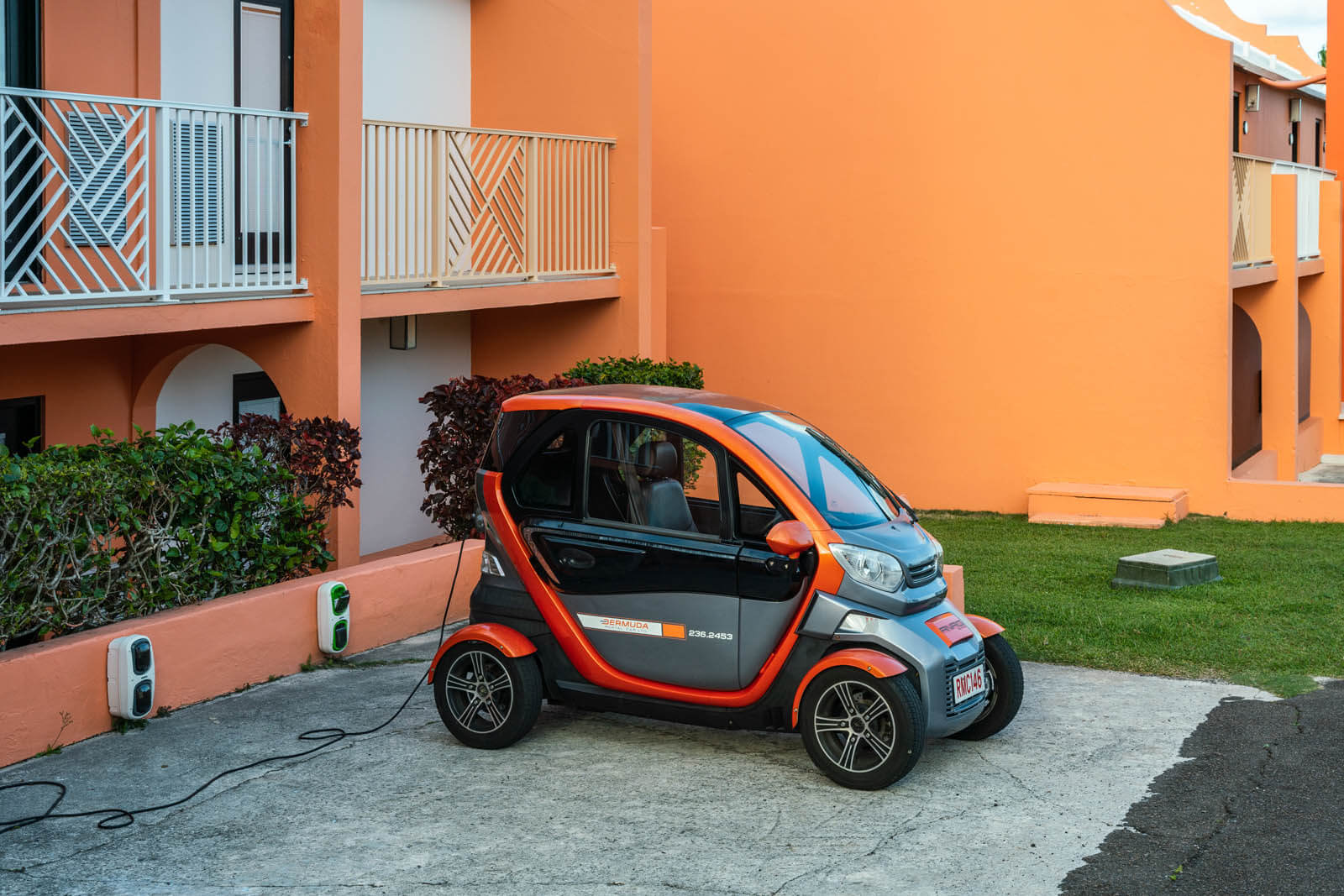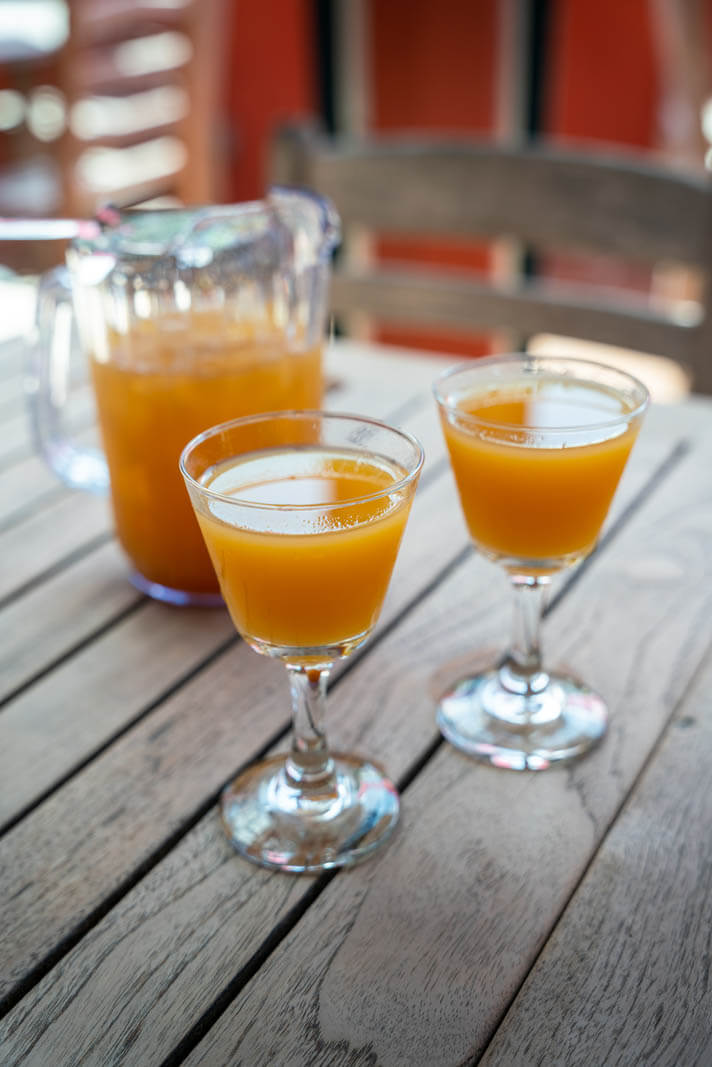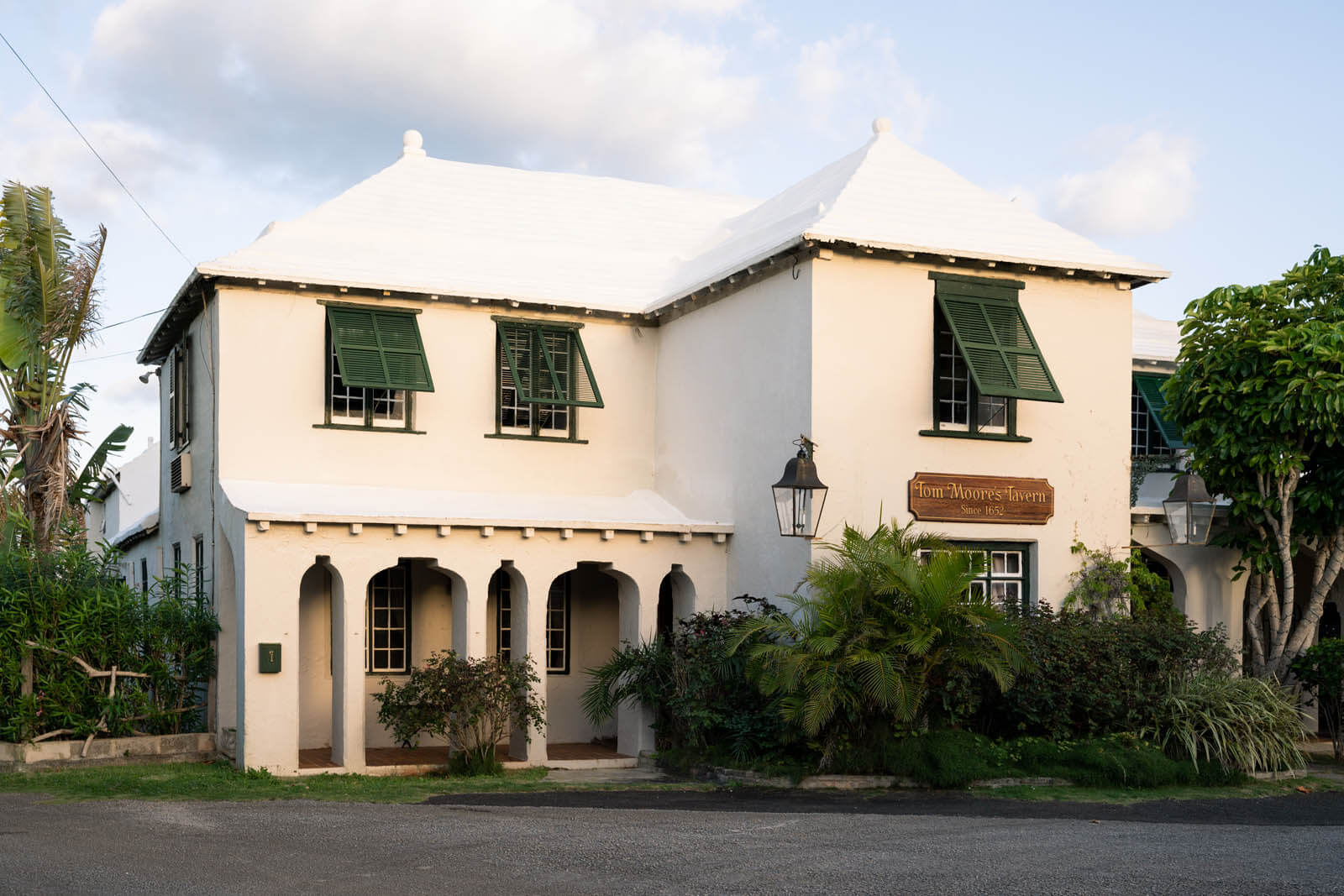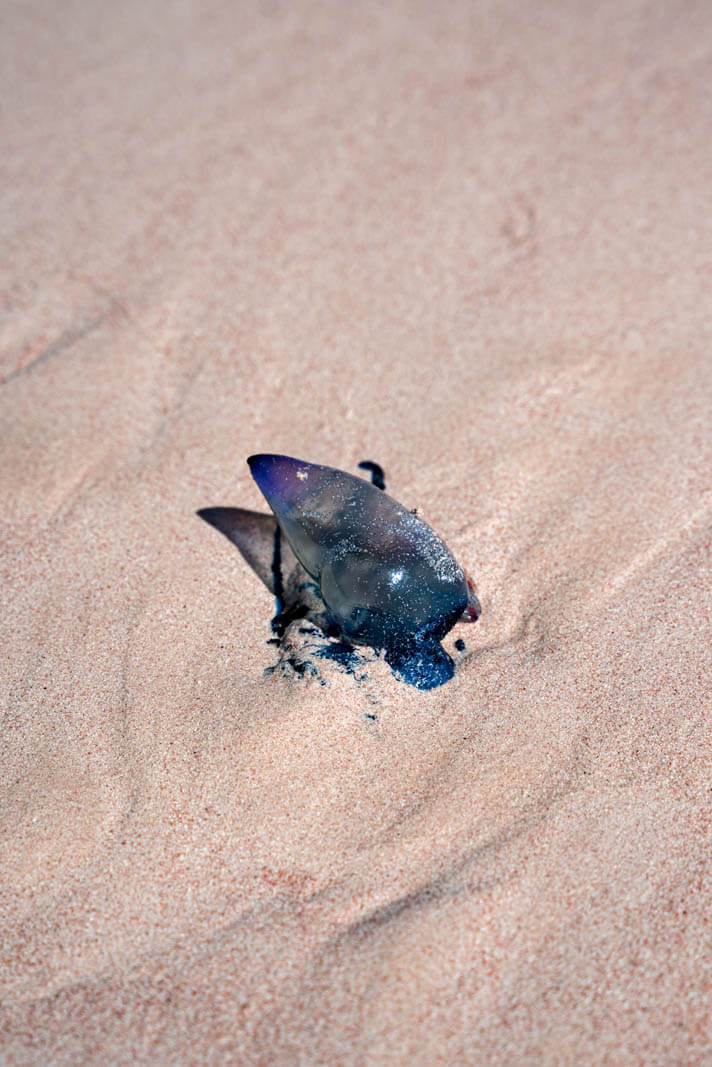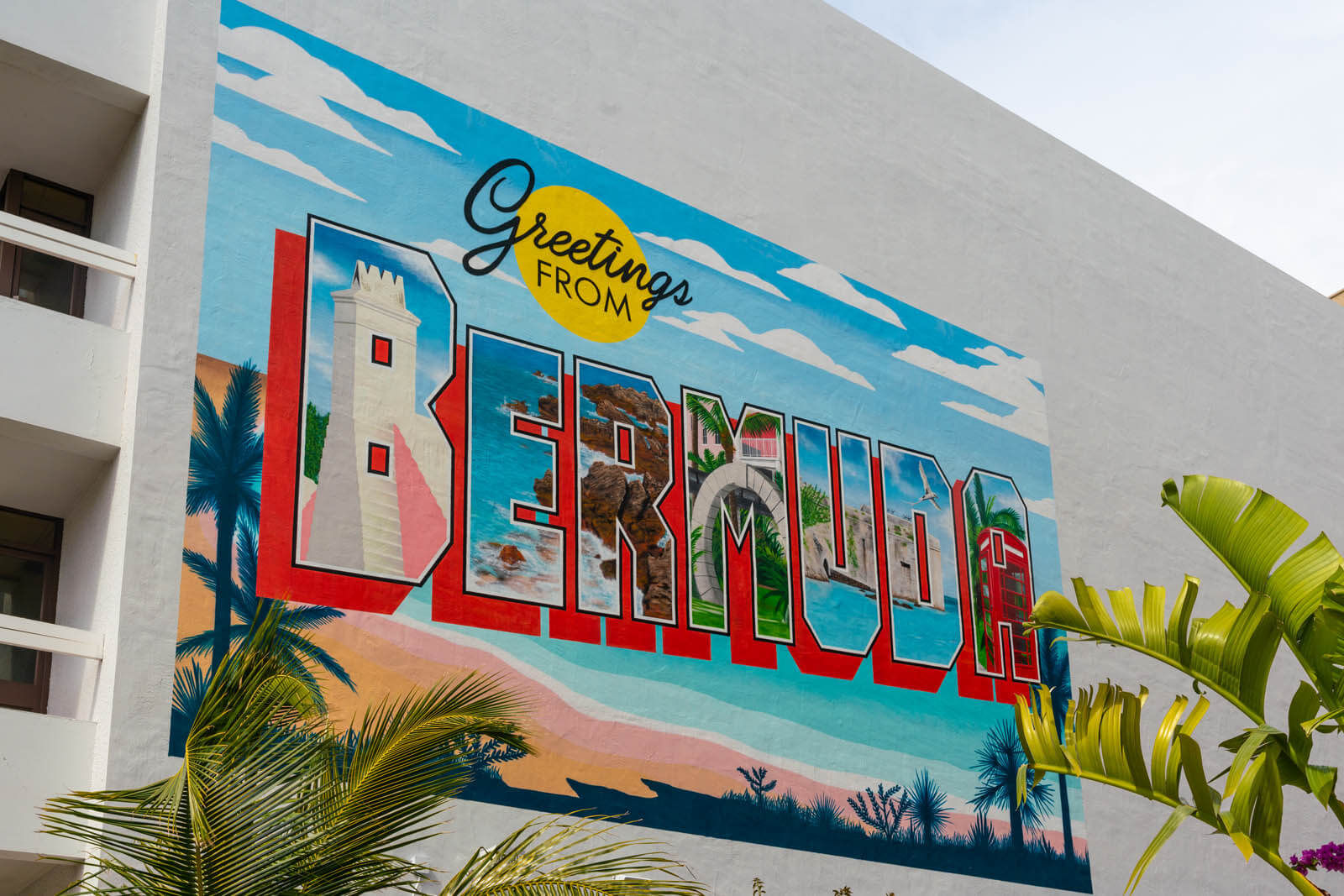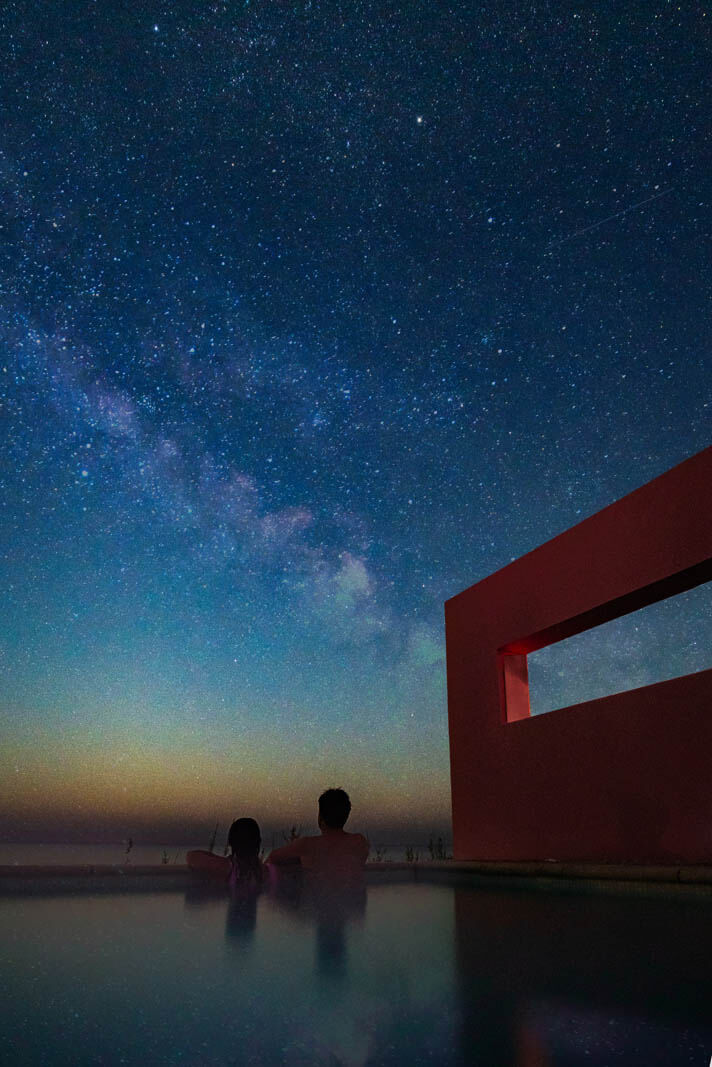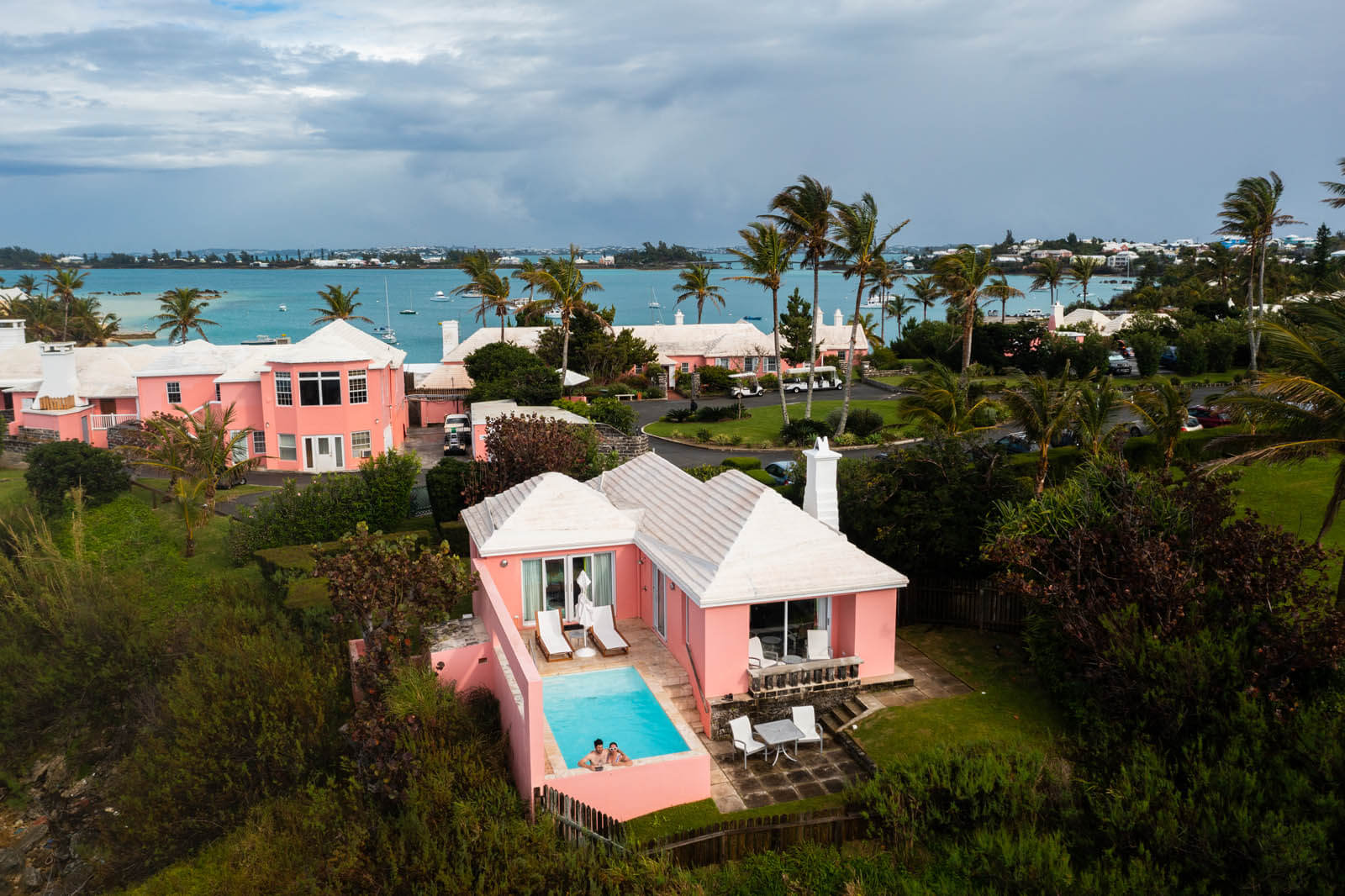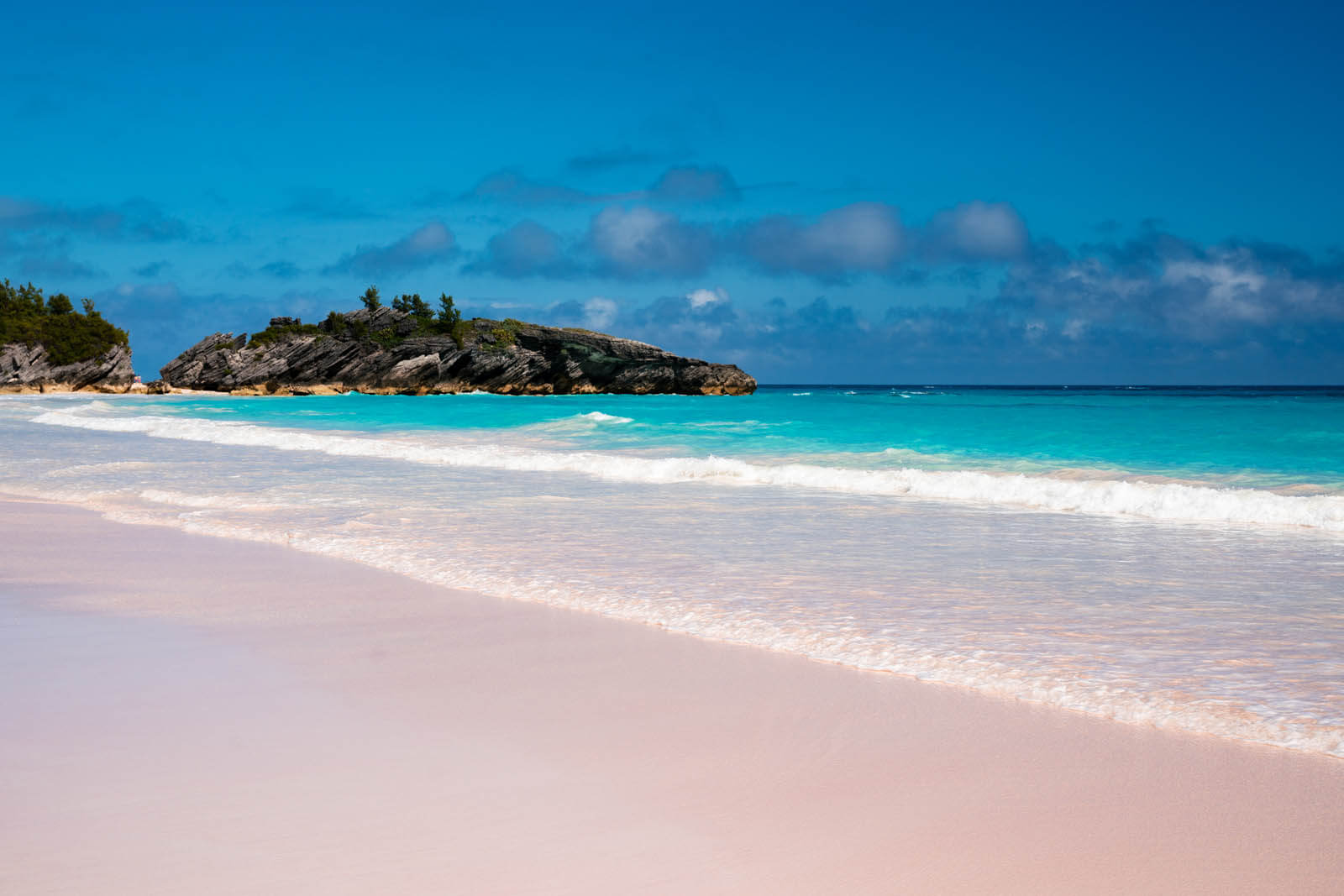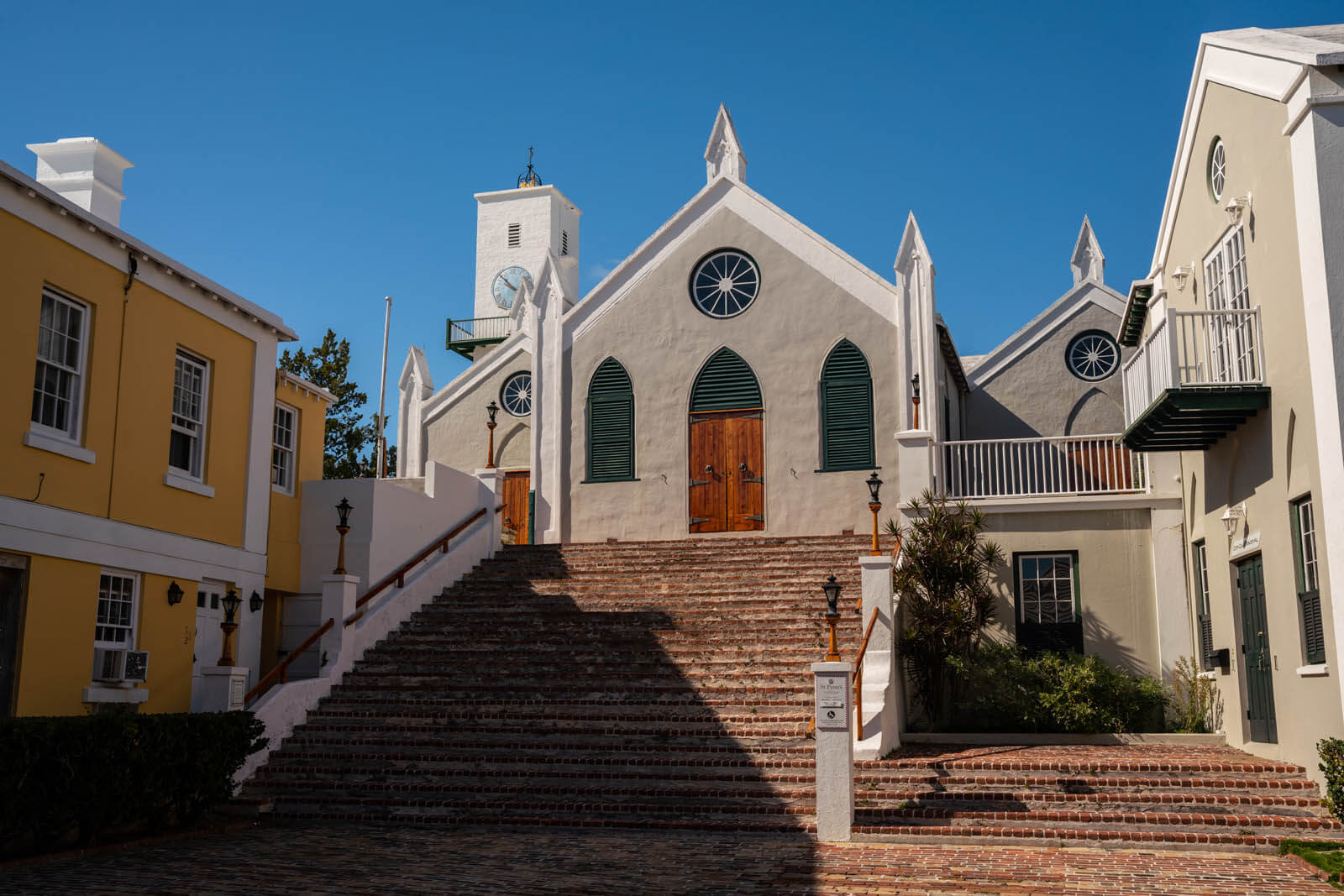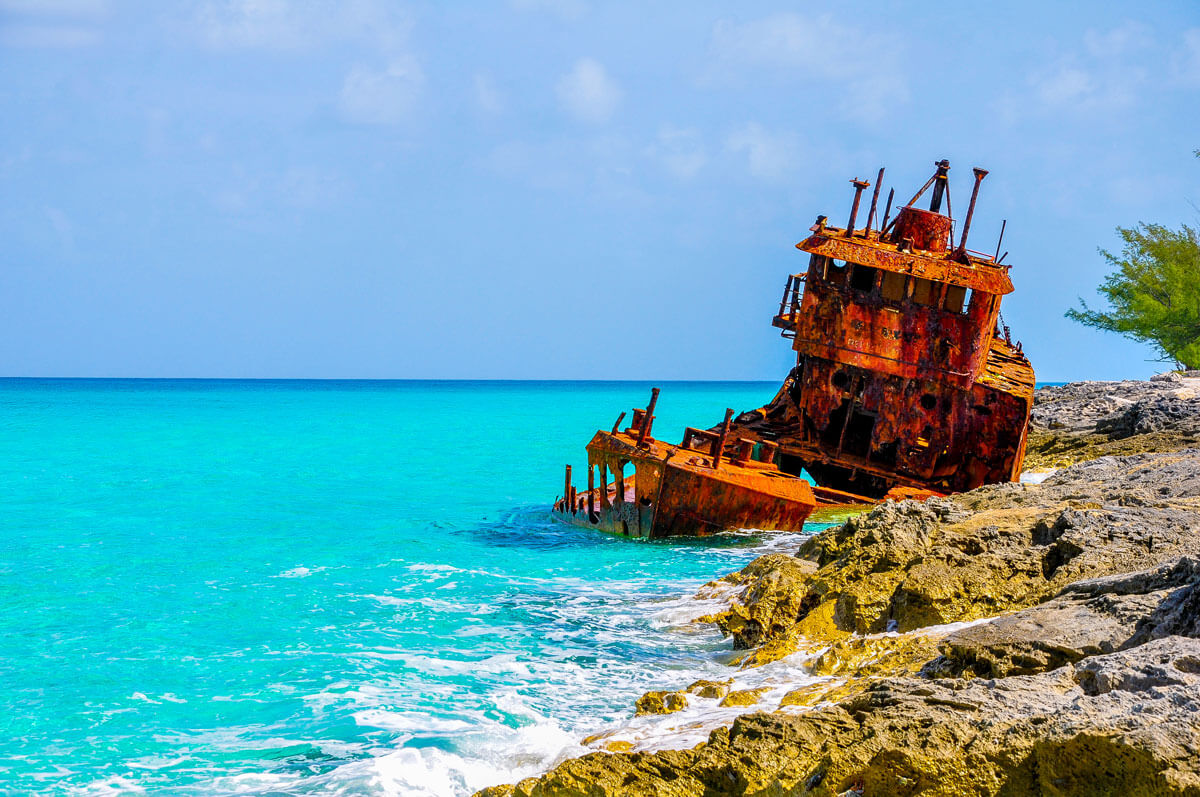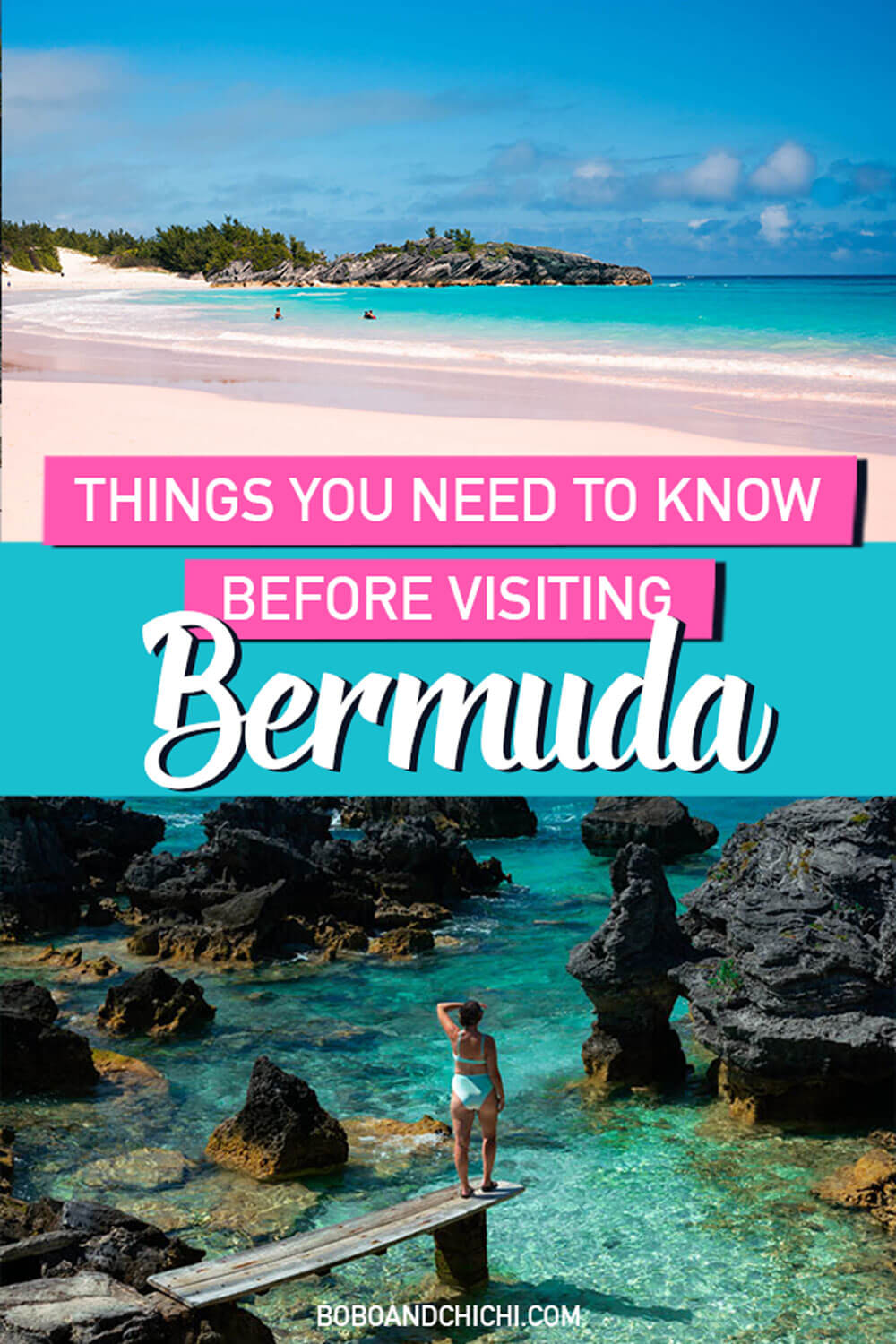Are you planning on visiting Bermuda? Or maybe you’re flirting with the idea of booking an unforgettable Bermuda trip? Whether you’re in the planning or inspiration phase of your travel in Bermuda, we’ve got you covered with the most important Bermuda information you need to know and travel tips to make your trip a success.
From important Bermuda information like the local currency, customs, and getting around to other fun historical facts, cultural sites, and important Bermuda information that’s helpful to know before your big Bermuda trip!
So sit back and relax, we’ve prepared a lot of great Bermuda tips for you along with supplementary guides to help you plan your dream Bermuda vacation! Be sure to also check out our guide for where to stay in Bermuda too to help you plan your trip!
Be sure to stay up to date on their current guidelines before your Bermuda trip to ensure you have everything.
Tips to Know Before Your Bermuda Trip
Don’t be Scared of the Bermuda Triangle
I don’t know about you, but before ever dreaming of visiting Bermuda as a kid I remember several tv shows and stories around the mysterious ‘Bermuda Triangle’ disappearances. So much in fact, that my first ever trip as a teenager was a cruise and
I was nervous because we were going to be close to the Bermuda Triangle zone.
While most people, including myself, have realized that those stories are nothing more than urban legends, anyone who hasn’t heard much about Bermuda since or tend to be a bit superstitious might actually believe those rumors of the mysterious Bermuda Triangle and the ‘victims’ of the triangle over the years.
Let me do the TL;DR version. The ships and planes that are said to have mysteriously disappeared without a trace within the Bermuda Triangle limits are no more than any other well-traveled areas of the ocean in the world.
There are actually several natural explanations for the Bermuda Triangle activity including the Gulf Stream currents which are unique to the area and can carry away planes trying to make a water landing or move boats along the current, tropical storms and hurricanes frequent the area, and a large presence of methane hydrates (natural gas) that forms on the continental shelves of the ocean which could cause a loss of buoyancy for ships meaning they could sink quickly without much warning.
Although, it must be noted that according to USGS, no large releases of methane hydrates have been believed to occur in the past 15,000 years in the area meaning that even this is unlikely.
One other explanation that some argue could be the cause of some of the occurrences that took place in this area are the possibility of compass problems and weird anomalies in magnetic fields in the area. Studies have been conducted and it should be noted that no magnetic anomalies have been found in the Bermuda Triangle.
Combine any single one of those possible natural occurrences with one human error and you’ve got yourself a maritime disaster that could happen anywhere.
So why did everyone hop on the Bermuda Triangle mania? That’s largely due to articles published during the mid 20th century focusing on ship and plane wrecks in the area which led to public interest and speculation of supernatural forces at work which became even more popularized in more stories and novels.
In addition, it wasn’t too difficult for people’s imaginations to go supernatural when the nickname of Bermuda was the “Isle of Devils” even back to colonization days centuries before. The Spanish and Portuguese explorers who rode along the Gulf Stream from the Caribbean to Europe were terrified of the area because the coral reefs surrounding Bermuda were treacherous for ships.
Not to mention, it’s noted that there were terrifying howling winds and screeching birds, which were all terrible signs for superstitious sailors of that time.
Save yourself the worry and know that you’re not at any more risk than anywhere else that’s frequently traveled to. So enjoy visiting Bermuda with your mind at peace knowing this is not more than a conspiracy theory made popular by a series of articles written about it through the 1950s and 1960s.
Bermuda Has British Influences
When visiting Bermuda you might notice a few of the British influences from colonization. As a matter of fact, Bermuda was discovered first in the 1500s by the Spanish, by the explorer Juan de Bermúdez. Upon his arrival, there was no indigenous population on the island and the same goes nearly a century later when the English Virginia Company colonized and settled in Bermuda in St. George’s.
Bermuda is considered Britain’s oldest colony and you can still see many influences to this day even though it’s an independent country, it’s still a part of the British Overseas Territory and Britain’s oldest overseas territory.
You’ll notice people drive on the left-hand side of the road, if you were to see a judge in Hamilton they’d be wearing a powdered wig, cricket is a huge sport here, and even the famous ‘Bermuda shorts’ are an influence from the British military uniforms.
You’ll also spot those famous bright red telephone booths around the island (and even sometimes in other fun colors like pink at the Hamilton Princess), 17th and 18th-century architecture in the town of St. George’s and the Royal Naval Dockyard both have strong influences from the various houses, buildings, and even churches, and of course, you’ll notice English pubs with items on the menu like fish and chips, Sheppard’s pie, and bangers and mash.
Bermuda’s Time Zone
Before visiting Bermuda be sure to know what time it will be when you’re there! Bermuda is on the Greenwich Mean Time minus four hours (GMT -4 hrs).
If you’re visiting from the United States East Coast like we were (it’s just under a two-hour flight from NYC by the way!!), you’ll be one hour ahead of time EST in the United States or two hours ahead of Chicago, and four hours ahead of Los Angeles and PST.
If you’re coming from the UK, you’ll be four hours behind London and five hours behind Munich and Rome.
Bermuda’s Currency
Do you need to take out a special currency before visiting Bermuda? It depends! The official currency of Bermuda is the Bermudian dollar. The Bermudian dollar is equivalent to one US Dollar.
Even though there are so many influences in Bermuda from Britain, Bermuda actually accepts USD everywhere, but not the Great Britain Pound.
Alternatively, you can use an ATM to pull out the local currency or if you have USD on you, that works too.
We never needed to pull out cash while visiting Bermuda, we actually had some US cash on us that we used and we’d get the Bermudian dollar in change.
You’ll want to always have some cash on you as you’ll find out later in this guide to important Bermuda information to know before you visit, taxis are cash only (unless you use the taxi app) and they are also not very cheap.
Debit and credit cards, except for Discover cards, are accepted at almost all restaurants, shops, and hotels with the exception of a few local eateries.
One of our best travel tips of ALL time no matter where you’re traveling to is to have or open an account with Charles Schwab, you will get a debit card that allows you to take out cash from any ATM in the world without fees. They reimburse you for all ATM fees so you no longer have to worry about those adding up on your travels!
We only use this card specifically for this reason and it’s a serious travel hack whether you’re at home and can’t be bothered to find your bank ATM or across the world needing to pull out cash.
Bermuda is not in the Caribbean!
One common misconception about visiting Bermuda is that you’re heading off to a gorgeous, Caribbean destination. But what many people don’t realize, even though Bermuda shares a similar beauty to Caribbean destinations like the insanely clear, blue water and gorgeous sandy beaches – Bermuda is NOT in the Caribbean!
Bermuda also often gets associated with the West Indies too, but even though there are influences of the West Indies here from the slave trade route that took place here.
Bermuda is actually an isolated archipelago in the North Atlantic Ocean, and the only atoll in the Atlantic Ocean! The nearest mainland is 651 miles to Cape Hatteras, North Carolina, and is actually 900 miles north of the Caribbean. (774 miles from NYC for us!)
Transportation in Bermuda is Different
As mentioned earlier in this important Bermuda information to know, you DRIVE on the left here! Which really doesn’t affect you at all if you don’t plan on driving yourself, which brings us to our next point and important information before visiting Bermuda.
Visitors can’t actually rent a car. Yep. Even locals who live on the island only have one car per household. While Bermuda isn’t large in size at just over 20 square miles, it’s also not walkable. So transportation and getting around and exploring all the best things to do in Bermuda looks a little different here and requires a little planning.
While you can’t rent a full-size car, there are small electric cars that you can rent along with motorbikes and classic pedal bicycles. So if you do use one of these rental options, you need to be ready and remind yourself to drive on the left hand side of the road if you’re not used to doing this.
If you’re traveling with a family, it might be a bit tricky to rent something as the small electric cars are only two-seaters and won’t fit your luggage, they are meant for exploring the island attractions, not moving all of your luggage around the island.
But don’t worry, there are options that are family-friendly as well as an option for those who don’t want to drive themselves whether it be a budget issue or a fear of driving on the left hand side of the road. There are public buses and ferries that you can use to get around and explore the island.
For the ferry, you can buy single tickets which are very reasonable for adults at $5 a ticket ($2.75 for children) and day pass options if you find yourself riding the ferry a few times throughout the day to save some money. There are a few different ferry options, it’s best to check their official schedule and have it handy, They take you to some of Bermuda’s most famous attractions from Hamilton, Royal Naval Dockyard, to St. Georges.
Another option is to take the local bus which connects visitors (and locals) to just about anywhere you want to go on the island. There are 11 different bus routes perfect for anything you want to do on the island, which is also a convenient and affordable option.
Last but not least, it’s easy to travel in Bermuda via taxi cabs. Most hotels have taxis available and they are easy to come by in Hamilton. If you hail a cab or get in one at a hotel, keep in mind that you need to pay in cash. They accept USD or the local Bermudian dollar.
Alternatively, you can download the local taxi app, Hitch, which you can order a cab and pay using the card you have on file when you set up your account so you don’t have to worry about carrying cash on you, especially since taxi rides aren’t exactly inexpensive, they are similar to taxi prices in New York City for a comparison. Getting from the west end of the island to the east end was around $75.
We have an easy-to-follow guide about how to get around Bermuda breaking down all of these options in more depth to help you plan your visit!
Keep in mind if you plan on renting an electric vehicle to book or secure your reservation in advance! These are limited and some rentals require at least 36 hours notice in advance to arrange your rental.
Plan Your Budget Ahead
Something to be aware of before visiting Bermuda and while planning your trip is that this isn’t exactly a budget-friendly destination and it can by quite expensive if you’re not prepared. It’s understandable as to why prices are a bit higher here as the physical location of the island is isolated in the Atlantic Ocean and everything needs to be imported on the island.
Transportation can be costly and add up. If you’re renting a motorbike/scooter or electric car, keep in mind that you get a discount if you book multiple days vs single-day rentals.
There are a few affordable eateries on the island, but we found the meals to be comparable to NYC prices if not a bit higher, it wasn’t uncommon to easily spend $100-$150 on a meal with two mains and two drinks.
We don’t want that to be a deterrent to visiting, but more of a thing to plan for so there are no surprises on your trip and you’re able to budget accordingly and enjoy and unforgettable Bermuda trip without worry.
To budget dining out expenses, this website gives the average cost of meals and other things that might be helpful for you to plan your trip.
Tips are Included at Restaurants
Speaking of budget when visiting Bermuda, something to keep in mind is that almost every single restaurant already includes a 17% gratuity on your final bill unless otherwise stated.
If you had exceptional service, it’s welcome to add more to your tip. Tips are not already included when you use a taxi for example and local customary practice is around a 10-15% tip for taxi drivers (closer to the latter) based on multiple resources I found online.
The only restaurant during our Bermuda trip that didn’t already include a tip was The Swizzle Inn, which is a very popular and delicious restaurant on the island. They had it clearly highlighted that they did not add the tip already, be sure to pay attention to this so you don’t overtip at other restaurants or not leave a tip at all at the few restaurants who don’t already automatically include the tip.
There are Portuguese Man-O-War
This Bermuda information and tip isn’t meant to scare but to make you aware. Bermuda’s shores are no strangers to the Portuguese Man-O-War which is commonly mistaken as a jellyfish but is actually a siphonophore, a group of animals that are closely related to jellyfish.
These marine creatures float on the surface of the ocean and are just pushed where the wind blows them or the ocean takes them. Their tentacles are venomous and contain microscopic capsules loaded with coiled, barbed tubes that deliver venom capable of paralyzing and killing small fish.
Their tentacles are also long, so sometimes people are stung by them which causes extremely painful welts without realizing there was one nearby. While the stings are not lethal to humans (or rarely so), it can be a bit of a vacation ruiner if you are stung by one as they are said to be very painful and the welts they create are nasty.
Also, if you see one on the shore do not touch it or step on it as they can still sting!
These are typically spotted on windy days and usually in the spring months. The wind blows them towards shore, we visited in mid-March and during our beach hopping day on the south side of the island we saw quite a few as it was a windy day washed up on the shore, we didn’t really see any others the rest of our trip. We were told it was because of the wind.
Again, don’t let this deter you, just watch out for them, especially on windy days typically in spring and early summer. We enjoyed several other swimming days and beaches during our Bermuda trip.
Know the Dress Code
Another bit of important Bermuda information would be to know the local dress code so that you’re being a respectful visitor.
Have you ever heard of Bermuda shorts? These are the local attire and shorts that usually have a length about one inch above the knee. This was an adaptation of British influence and appropriate dress attire for warm weather climate accompanied usually by tall socks.
You’ll spot men wearing this around Bermuda, it’s considered appropriate business attire on the island.
In addition to the Bermuda shorts, the island nation does observe a more conservative dress code. While actual rules have been relaxed over the years, it is still considered inappropriate to wear bathing suits or bikinis if you’re not at the beach or pool. That means, no walking around with your shirt off or in your ‘bathing attire’ if you’re not at it.
It’s also inappropriate to not wear shoes, even if you’re near the beach. To be honest, the only place we’ve ever seen people just walk around and inside stores barefoot are at laid-back Southern California surf towns, but since Scott hails from one of those towns, we thought it was worth mentioning.
Keep in mind that wearing crop tops and more revealing clothing is also frowned upon and considered disrespectful to the local culture and dress code.
We were even told that the police have stopped tourists who don’t adhere to the conservative dress code and ask them to cover up more.
Basically, have a cover-up for anywhere that’s not around the pool, make sure to wear clothing on the bus even if you’re taking it to the beach, and be aware that popular styles like crop tops might cause a bit of a stir.
The Electricity
On our way to our Bermuda trip, I had a quick panic because I realized we left the house and I didn’t even check what outlet Bermuda uses. Normally, I wouldn’t think much but knowing that there is a huge British influence here I wasn’t sure if they used the UK outlet or if our US electronics would work.
Bermuda uses 110 volts, 60Hz AC, which is the voltage supported by the United States and Canada. If you’re coming from somewhere else, you will need an adapter since two-prong plugs are what the island uses. I didn’t have a problem plugging in my computer either which has three prongs.
While we’re talking electricity. Well, sort of related! Being isolated in the Atlantic Ocean has its perks, there’s little light pollution (from electricity – haha), so the star viewing is INSANELY good. We really enjoyed stargazing and it was pretty incredible to see how many stars were visible even with a full moon like we had during our visit!
The Water
Before visiting Bermuda you might wonder if you can drink the water. The answer varies depending on where you look online.
Bermuda has no source of freshwater from springs, streams, rivers, or lakes. They actually have to collect rainwater and the design of the buildings in Bermuda, those cute layered stepped white roofs on the houses actually serve a very important purpose!
The way the roofs are designed are meant to slow down the heavy rainfall to collect the water and store it in a tank attached to the underside of the house, a method that has been pioneered and used for over four centuries!
Bermuda gets an annual average of rainfall of around 60 inches a year and is consistent year-round, so this method has provided the island with water consistently throughout the year. The white color of the roof also serves a purpose too, the color reflects UV light which helps purify the water as it’s being collected.
All buildings actually have to be built this way since water is such a precious resource and essential to life. Not to mention, this is a super sustainable way to collect water!
Another way that Bermuda also provides clean water, especially to support tourism, is through reverse osmosis plants on the island that desalinate water.
So that leaves us to our final bit of Bermuda information that you need to know, is the water safe to drink when visiting Bermuda?
Generally, yes. You’re safe in hotels or resorts and restaurants. We drank tap water the entire trip. If you’re worried, buy your water or invest in a SteriPen or a LifeStraw portable water filter. These are great gifts for travelers too by the way and are really easy to pack without taking up space.
There are Pink Sand Beaches!
Maybe this is already one of the reasons you’re visiting Bermuda in the first place, but did you know that Bermuda has naturally pink sand beaches?!
That’s right, there are PINK sand beaches in Bermuda you can visit including the most famous beach here, Horseshoe Bay Beach. But, that’s not all though! Along the south side of Bermuda there are several pink sand beaches including many small beaches connected by the sand dunes at Horseshoe Bay Beach as well also Warwick Long Bay and Jobson’s Cove.
Now, most photos you’ll see online where the sand is hot pink or a much brighter pink than you will actually see in person. These people took a few creative liberties we must say, but there is a really pretty pink hue to the sand and if the light hits it right it’s very obvious with the naked eye.
It was so bright the day we were visiting that it was actually hard to see the pink sand unless you were hitting it at the right angle, but when you looked close you could see the pink and even when we got back to the hotel later you could see the pink hue in the photos we took.
How does Bermuda have pink sand you might wonder? The pink sand is due to the red foram, or red foraminifera, which are an invertebrate. Their shells get on the ocean floor and mixed in with the sand when the tiny particles wash up to shore leaving a rosy hue in the sand!
Be sure to read our full guide to the best beaches in Bermuda including the best pink sand beaches!
There’s a UNESCO World Heritage Site
Looking to visit historic and cultural sites during your Bermuda trip? You’re in luck! Bermuda has its very own UNESCO World Heritage Site(s). The Town of St. Geroge and its surrounding fortifications have been culturally landmarked by UNESCO since 2000.
Not only is St. George’s a great place to explore during your travels in Bermuda, but it’s also an area steeped in history as it’s the oldest continuously inhabited town of English settlement in the ‘New World’ that was settled in 1612 and the first capital of Bermuda.
If you want to split hairs, St. George’s is considered the third permanent British settlement in the Americas behind Jamestown in Virginia which was settled in 1607, and Cupids, Newfoundland which was settled in 1610. But because the other two settlements weren’t permanent, St. George’s Bermuda gets the title of ‘continuously inhabited.’
There are also several fortifications nearby that are associated within the UNESCO status that are a great example of 17th through 20th century English military development.
Located on the East End of the island, you’ll surely want to visit the town of St. George on your Bermuda trip not only for its historical and cultural value, but also because it’s beautiful both naturally and architecturally, there’s great food (try the catch of the day at Wahoo’s Bistro & Patio, if you have a choice of Rockfish try it!), and you can visit more beautiful beaches nearby plus cool sites like the Unfinished Church.
The Shipwrecks of Bermuda
Okay, so briefly revisiting Bermuda information I provided earlier in this guide but not for the reason you think! Bermuda is known for its shipwrecks, as a matter of fact, there are over 300 known shipwrecks around Bermuda making it the destination with the most shipwrecks per square mile. But, don’t get all superstitious on us this far into this post!
These shipwrecks are due to the treacherous coral reefs that surround the island which caused ships to sink when they crashed into these reefs surrounding Bermuda. Because the water is so clear, you can actually even see some shipwrecks from shore. Heck, our final days of our Bermuda trip we stayed at Grotto Bay Beach Resort which has a shipwreck you can see from their beach and restaurant and snorkel around!
The reason we bring this up is not to scare you – with today’s technology and Bermuda information ships know how to navigate and avoid crashing into these reefs. The reason we bring it up is that one of the most popular thing for visitors to do when they travel to Bermuda is to dive or snorkel the shipwrecks of Bermuda dating back all the way to the 1600s to 1997 worth of sunken treasures!
And if you don’t find yourself wanting to visit a shipwreck, they can be hauntingly beautiful but eerie to visit, you can also visit over 100 of Bermuda’s shipwrecks virtually instead.
If you’re up for an adventure you can join a 3-hour shipwreck snorkel tour that visits the Constellation and the Montana shipwrecks with an expert guide. Or if you’re a scuba diver you can join a certified scuba dive adventure around the shipwrecks.
We hope you found this Bermuda information and guide full of Bermuda travel tips helpful for planning your dream vacation! Consider bookmarking for later or share the love below on Pinterest below! Happy travels visiting Bermuda!

